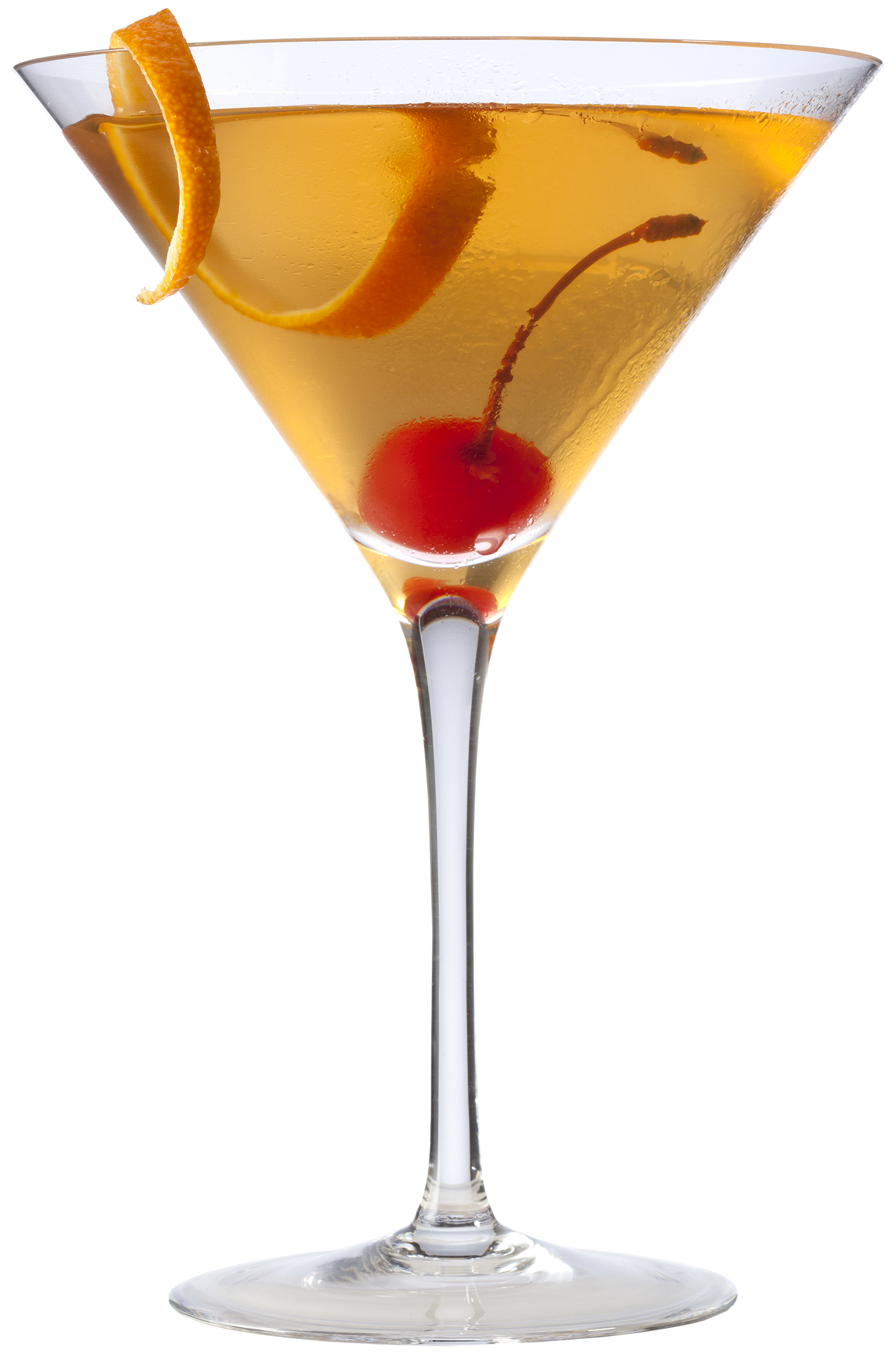Drink of the Week: The Conhattan
 With St. Patrick’s Day 2013 nearly upon us, we’re featuring the second of two cocktails that claim some sort of association with the Emerald Isle and it’s descendents in the vast Irish diaspora. Last week, we had the delightful, but in no way particularly Irish, Shamrock Sour.
With St. Patrick’s Day 2013 nearly upon us, we’re featuring the second of two cocktails that claim some sort of association with the Emerald Isle and it’s descendents in the vast Irish diaspora. Last week, we had the delightful, but in no way particularly Irish, Shamrock Sour.
The Conhattan was suggested to me by a representative of a newish brand of Irish whiskey which has divided critics to a certain extent and actually boasts a connection with the town of Livermore. Livermore is not, I must tell you, located near Dublin or in County Cork, but in County Alameda in Northern California, a relative stone’s throw from Oakland and San Francisco. Aside from being the home of the famous/notorious nuclear weapons laboratory, it’s also the home of Concannon Winery, which is legitimately Irish-American but also, well, a winery.
This whiskey is made in Ireland, of course, by a distiller who finishes the whiskey in actual petite sirah barrels from Cali. As for the taste, it might not strike everyone as particularly Irish. While this video argues differently, to me, Concannon Irish Whiskey is probably best enjoyed by those who lean toward Scotch and find Jameson and Bushmills a bit overly soft. It’s very decent, but a bit astringent like a Scotch, not that there’s anything wrong with that.
In fact, I think the astringency may just be essential to today’s drink, a very sweet variation on a Manhattan but which differs a great deal from the more classic Irish Whiskey Manhattan, which we featured last year at this time. This time, this whiskey is mellowed not by sweet vermouth, but by a very popular cocktail ingredient we’ve never featured here before — St. Germain elderflower liqueur. Anyhow, let’s get started with a concoction created for Concannon by Dublin mixologist Gillian Boyle.
The Conhattan
1 1/2 ounces Concannon Irish Whiskey
1 ounce St. Germain
1 teaspoon Noilly Prat dry vermouth
2-3 dashes Angostura Bitters
1 orange twist (garnish)
1 cocktail cherry (somewhat optional garnish)
Put all liquid ingredients into a mixing glass or cocktail shaker with plenty of ice. Ms. Boyle would have stir just until the drink is “evenly diluted” but I say stir as long as you like, or be a heretic like me and shake the thing. Strain into a chilled cocktail glass, add the orange peel and, if you like, the cherry, and toast your favorite Irish or Irish-American person, real or imagined.
****
I often strip out most of the brand names from my recipes because I like to offer readers the freedom to try out drinks with their own brands and not feel tied to what I happen to be using. This time, however, I really think it’s best to mostly stick with the script as provided by Boyle. I haven’t actually had the opportunity to try the Conhattan with other products, but I strongly suspect this drink would completely fall apart if you attempted it with say, Bushmills or Jameson’s. Much as I adore those highly approachable whiskeys, I strongly suspect that they wouldn’t stand up to this much St. Germain, which is complex but also extremely sweet. Also, you’d have to change the name (“The Bushhattan”??). You could probably cheat by using another brand of dry vermouth than Noilly Pratt, but since it’s been a favorite go-to brand of mine for years now, I see no reason to diverge there.
On the other hand, I am offering readers the option of raising or lowering the amount of St. Germain, for a very simple reason. Very frankly, though I am no stranger to the tooth that is sweet, I found the original recipe, which called for a full ounce of liqueur, overly sweet — good enough for DOTW but very far from a personal favorite.Reducing it to 1/2 ounce, however, produced an extremely nice cocktail on which I’m proud to place my personal stamp of approval. At that amount, the light touch of the elderflower is just sweet enough to properly soften the kick of the Concannon without muffling it outright.
It’s all about balance. Indeed, there’s a place for sweetness on St. Patrick’s Day, as director John Ford — the ultimate Irish-American mythmaker — undoubtedly would have agreed.





